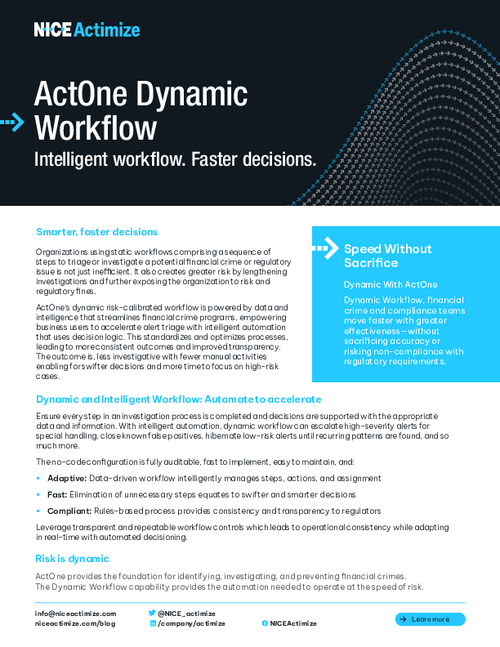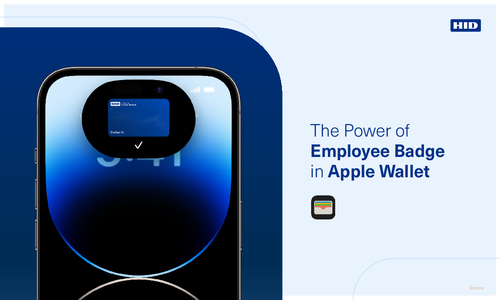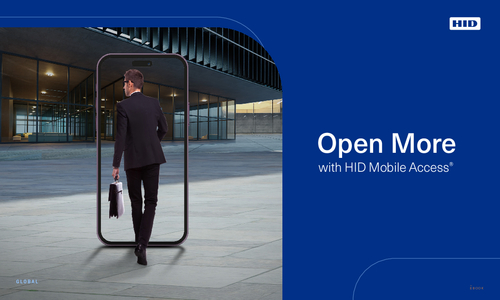Coming Soon...A Single, Global, Collaborative Virtual IT World (Phew!)
See Also: Bolstering Australia’s Security Posture with Accelerated ZTNA
"Something fundamentally big is happening that will profoundly affect the life of every person and every business over the next five to 15 years -- the collapsing of everything into one single, global, ubiquitous, collaborative virtual IT world."
So said Hossein Eslambolchi, president of AT&T's Global Networking Technology Services, at the recent Supernova conference co-sponsored by Wharton in San Francisco. The conference, now in its fourth year, explores the forces in technology that are driving computing from a centralized model to a decentralized one, from the center to the 'edge.' These forces, which demand new systems and business models, represent both threat and opportunity, said conference organizer Kevin Werbach, a Wharton professor of legal studies and business ethics.
Eslambolchi was among those who focused on the opportunity: the benefits of a single, global, and collaborative information technology world. Imagine, he suggested, a time when "the network will take over the headache of managing disparate technologies. It will be like having a conference call with four people, each speaking a different language with the network rapidly translating everything into English."
Supporting such collaborative work will be an intelligent computer network in the center -- "the basis for everything" -- with equally 'smart' devices such as phones and computers at the edge. Collaboration will dominate both the technology and the workplace. "You will really work on the network, not in the office," said Eslambolchi, "and since the network could be anywhere, it constitutes a virtual office." Already 20% of U.S. workers, some 25 million people, are telecommuting, with 40 million predicted to do so by year-end 2008. That trend will accelerate as a result of the convergence of voice, data and text in mobile devices -- laptops, PDAs, cell phones -- where they will operate based on software applications collaborating seamlessly, without effort on the user's part.
The biggest challenge? Security, say half of the corporate chief information officers in the U.S., who recognize that problems will grow exponentially in an increasingly networked world. "This is the biggest challenge of the 21st century," said Eslambochi, "If we don't figure out security over the next few years, I think we will end up with a problem of biblical proportions."
Participants, Not Receivers
With basic connectivity now assumed, and so much technology moving into the hands of users, "we're entering an era in which people are participating rather than just receiving information," noted Jonathan Swartz, president of Sun Microsystems. "The PC revolution has been about empowering users and consumers; now the enterprise has to take them and their new tools into consideration in new ways. Instead of just connecting India to the network, India will now actually participate in creating market opportunities. And, a billion people with cell phones are going to have a massive impact on the IT enterprise."
Connectivity also has a tremendous impact on the way leaders will, and should, communicate. "Think about what leaders do. Fundamentally, leaders are communicators, both to those they are trying to lead and to the marketplace. So, very soon, I think if you want to be a leader, you will need to have a blog [or web log], because the fundamental mechanism is becoming dialogue with a community. A blog's power is its immediacy and convenience. At 11 p.m. on a Sunday night, I can post the three things a customer told me over dinner. That feeds the corporate culture and reaches the community you want to cultivate."
Schwartz contrasted this model with that of traditional organizational communications, such as passing information down through layers of management. "If you have ever played that old party game of 'telephone,' you know where that kind of communication leads," joked Schwartz." On the other hand, "a blog stitches the entire organization into a community."
In this networked, collaborative world, telecommunications is no longer equipment; instead it is software, according to Peter Sisson, CEO of Teleo. His company, and competitors such as Skype and Vonage, provide voice over internet (VoIP) services, essentially desktop software that lets users make and receive calls on Internet-connected computers. "In the old thinking, voice has been a special service, based on a huge infrastructure of high-priced equipment; in the new thinking, voice is simply a software feature like e-mail. Your desktop is your fixed voice system, your PDA-type device is your mobile voice platform."
As a result, telecommunications will become a far less regulated arena, predicted Greg Roberts, state regulatory director for Level 3, which provides wholesale dial-up service to Internet service providers. "After the mergers of SBC and AT&T, Verizon and MCI -- which I think will be approved -- we're entering a no-man's land. We don't know how all this will evolve."
What we do know is that over the last decade or so "there has been a huge scale-up in the complexity of computing," said IBM's Alan Ganek, head of the company's autonomic computing initiative, "which has resulted in businesses spending more and more money on maintaining and managing their systems. "No one product will solve the problem. We will need architectures, standards, software 'advisors' that help make systems self-managing, similar to the human body's autonomic nervous system."
Keeping Things Simple
Over time, computing will be increasingly simplified as business services are no longer maintained in-house on expensive platforms, but instead delivered over the Internet, on-demand, as web pages, in a trend sometimes called 'e-sourcing.' Marc Benioff, CEO of Salesforce.com, a leader in business software by subscription, focuses on customer relationship management (CRM), an estimated $10 billion market. The 267,000 subscribers at 15,500 companies who make up what Benioff calls "our ecosystem" use the company's latest product, a toolkit, to build their own applications in specialized areas such as product management and recruiting.
There are hundreds and hundreds of such niche applications, according to Benioff. "This is really the 'long tail' of business applications and we're creating a platform to power it. The next step is to have customers not only creating but also sharing their work, to expand the overall ecosystem of applications. That's about as far from proprietary software as you can get."
Taking web-based services to their ultimate conclusion may mean reaching a long-awaited goal of creating an electronic 'personal assistant,' a vision held out as possible by technologists for nearly a decade. Imagine the scenario of being at the airport where you learn that your flight to New York City is delayed, suggested Patrick Grady, CEO of Rearden Commerce. "Your hotel and car service are automatically notified by the web of your late arrival. The people you are meeting for dinner are updated; in fact, the dinner reservation gets rescheduled and everybody's calendars get synchronized. It's an awesome vision, and we call it 'services on-demand.'
"We have known for the better part of 15 years that the inevitable by-product of a distributed workforce is the phasing out of traditional administrative support," continued Grady. "You can't put a secretary in a home office. We have increasingly sought to leverage technology to ease the administrative burden of knowledge workers. But, at the end of the day, we know we have become victims of our own success: too many devices, too many services, too many applications, too many content streams and blogs to manage."
But Grady believes the elusive electronic personal assistant is within reach, thanks to the spread of broadband and wireless Internet connections, hand-held devices and common technical standards. His company has taken a first step by offering web-based services to help corporations do online procurement of such services as travel and shipping. "Our vision is to deliver a rich, web-based experience in which the web knows who you are, knows what you want and delivers it to you."
Such all-knowing services might sound a little too Big-Brotherish to some, however, who worry about privacy and civil liberties. For the consumer, the question is, "Who owns the data?" noted David Sifry, CEO of Technorati, a search engine that tracks the world of blogs. "Something as important as where and how we spend our time should be ours; it should not belong to the services we use, such as Yahoo or Google. If I want a service provider to store my information, that's fine -- as long as I'm also able to retrieve it."
"Trust is the currency of the participation age," added Sun's Jonathan Schwartz. "But I think 10 years from now, your laptop will be authenticated the same way as your cell phone is today. And just as you can check the numbers of those calling you before you take the call, you'll be able to choose to view only authenticated email."
Just how close are we to this all-connected world? "In this industry, we always overestimate what we can do in one year, and underestimate what we can do in 10," said Benioff. "Ten years ago, in 1995, we were beginning to download browsers. We're just now seeing the maturing of a lot of ideas from that 'information superhighway' vision of the mid-1990s." Grady agreed. "It's still early; we're just at the bottom of the second inning," he said. "There's lots of innovation yet to come."Published: July 27, 2005





















